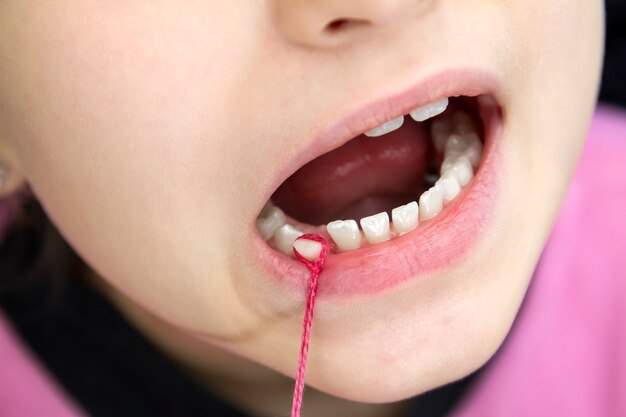When Do Babies Get Molars?
Molars are the very last teeth to emerge, and they may do so one by one.
While the precise date of molar releases varies, most youngsters obtain their first molars between the ages of 13 and 19 months on top and 14 and 18 months on the bottom.
The top row of your child’s second molars will arrive between 25 and 33 months, while the bottom row will arrive between 23 and 31 months.
Symptoms
Getting two-year molars can be pretty painful, and a kid may not explain the source of the pain.
The indications of falling molars are comparable to those of other types of teething. These can include the following:
-
irritability
-
drooling
-
chewing on objects and clothing
-
visibly sore, red gums
Teething symptoms in children may worsen at night when they are weary and have fewer diversions from the pain.
A youngster in pain in the gums and mouth may be hesitant to show an adult the area. Singing a song or playing a game where you stick your tongue out and open your mouth wide will assist.
Remedies
Teething discomfort can be relieved with a variety of inexpensive home remedies.
The following tips can decrease discomfort:
-
Apply a damp, cool gauze pad to the gums.
-
Then, gently massage the region with your finger.
-
Use a chilled spoon to massage the gums
-
Give your child a damp towel to chew on.
-
Use moisturizers on the area surrounding the mouth daily to avoid cracking and dryness caused by drooling.
Parents should constantly watch children attempting to treat pain with a spoon, teething toy, or another gadget.
Coloring, dancing, and singing songs are all good ways to divert a child’s attention away from their sore teeth.
For one or two days, acetaminophen or ibuprofen can help relieve pain. Always offer children child-safe pain medicines, and never give them more than the specified dose.
If a parent or caregiver wants to give their child pain medicines after two or three days, they should first visit a doctor.
When to see a doctor
If home cures aren’t working to relieve 2-year molar discomfort, a visit to the child’s doctor may be necessary.
A kid’s teeth should not make them sick. If your child displays any of the symptoms listed, consult a doctor:
-
the temperature of more than 100.4°F
-
diarrhea
-
vomiting
These signs and symptoms could indicate an underlying sickness, such as a viral infection.
Taking care of your child’s molars
Molar breakouts aren’t always a reason to visit the dentist unless they coincide with a previously arranged appointment.
Even so, you must begin teaching your child to care for their molars in the same way that they care for their other teeth. As soon as the molars are cut, use toothpaste to brush on and around them gently.
Use no more than a smear or the size of a grain of rice for children under the age of three. Use no more than a pea-sized amount for children aged 3 to 6. Brushing should be done with the help of an adult.
Cavities are most common in and between the molars, common among children who cannot floss or wash their back teeth as well as their front teeth. Preventing cavities and tooth decay can be as simple as paying attention to the position of the molars.


